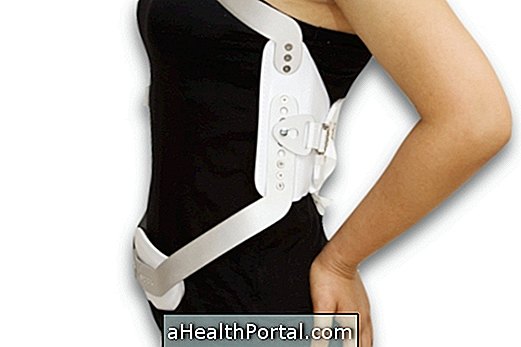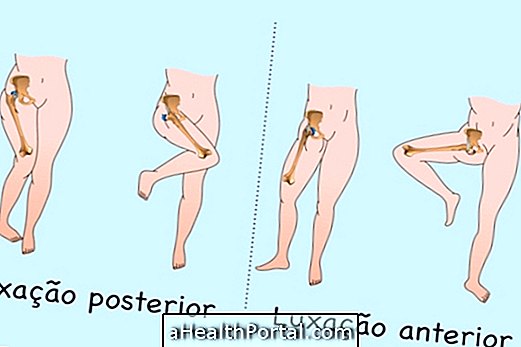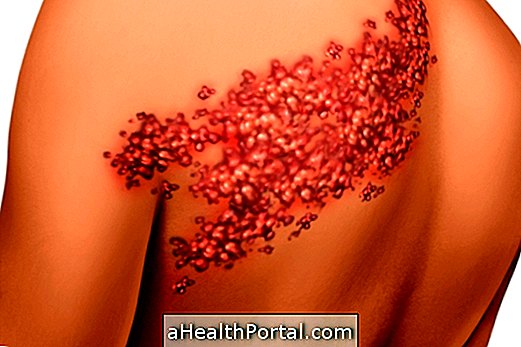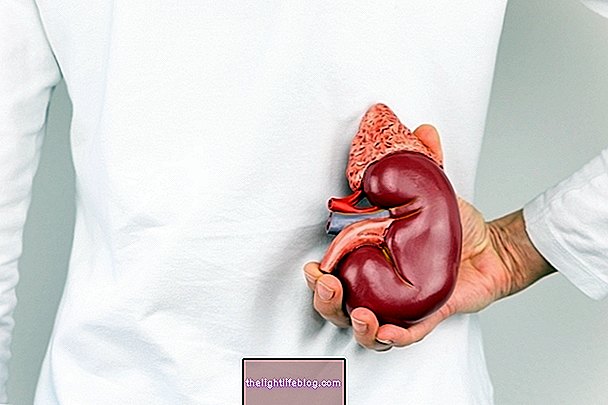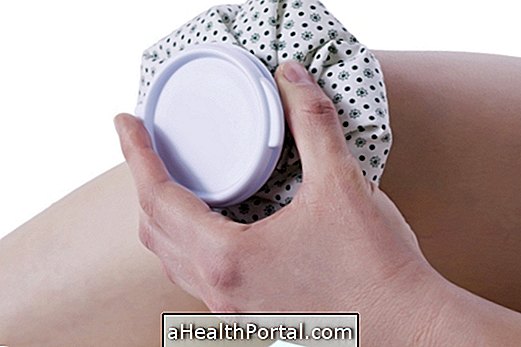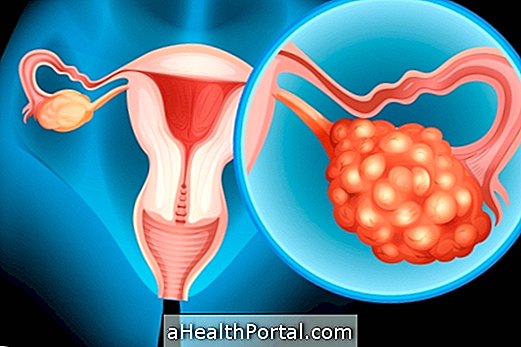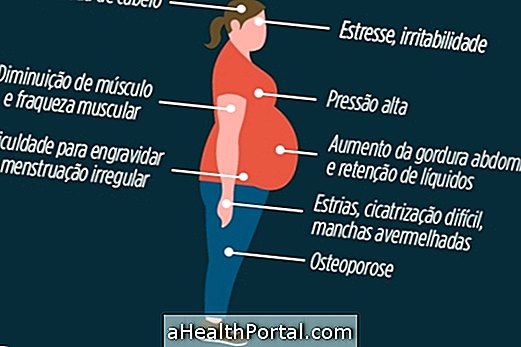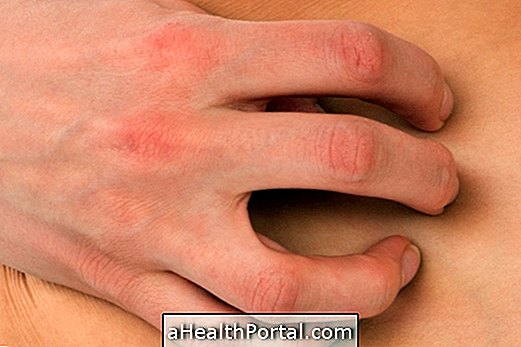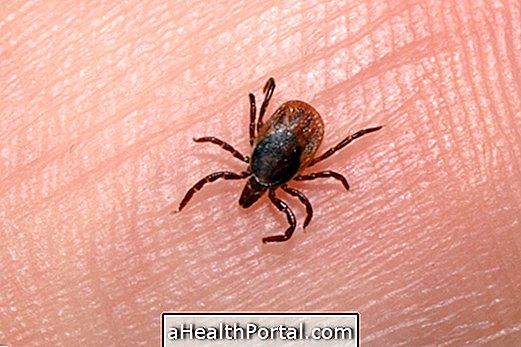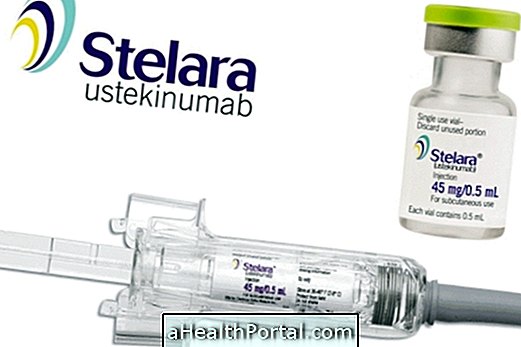Chondromalacia, also called patellar chondropathy, is a wear and tear on the knee joint that usually heals and manifests itself through symptoms such as deep pain in the knee and around the kneecap when performing certain movements, the treatment of which is done by taking anti-inflammatory, exercise, physiotherapy and in some cases, surgery.
Patellar chondromalacia is caused especially by the weakening of the quadriceps muscle, located on the front of the thigh and by the individual's knee shape or by the positioning of his foot. These conditions when associated with overweight and repetitive strain are the major cause of the disease.
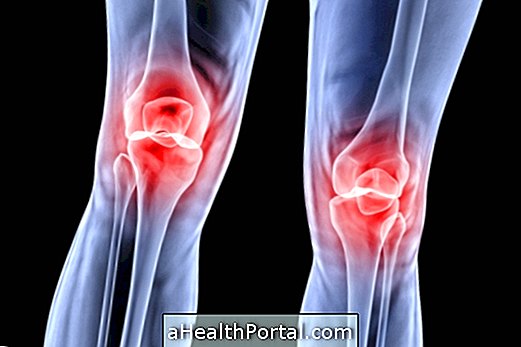
Main symptoms
The main symptoms of patellar chondromalacia are:
- Pain in the knee when climbing and descending stairs, running or getting up from the chair, for example;
- Pain around the kneecap especially when folding the leg;
- Burning or pain in the knee when standing with the leg bent for some time;
- Feeling of cracking (having sand in the knee) or cracking of the knee;
- A little more swollen knee.
There may be suspicion of this change when the person practices physical activity, especially the race. However, this change may also occur in people who do not practice physical activity, being in these cases more common in women. Know the main causes of knee pain.
How is the treatment done?
Treatment for patellar chondromalacia can be done with physical therapy, with the aim of improving knee positioning and knee function, as well as anti-inflammatory and analgesic medications to control inflammation and pain, which should be indicated by the physician and used according to the orientation.
During the treatment, it is important to avoid wearing high-heeled shoes, not crossing legs when sitting, maintaining good posture, avoiding ramps or doing exercises in steep places, besides being recommended to lose weight, if this is one of the causes of chondromalacia, to decrease the weight on the knee. It is also important to wear shoes that support the feet well, avoiding unnecessary impact on the knees.
In the case of people diagnosed with grade 3 or 4 patellar chondromalacia, the treatment is done through arthroscopy, which is a small surgical procedure performed to observe the structures inside the joint. Understand what arthroscopy is and how recovery is after surgery.
Physiotherapy for chondromalacia
Physiotherapy for patellar chondromalacia may include the use of devices such as laser, ultrasound and microcurrent, especially stretching of the muscles of the back of the thigh and strengthening of the muscles of the leg, especially the muscles of the front of the thigh.
The physiotherapist should perform an assessment of the individual's posture and positioning of the hip, knees and feet, because when any of these structures are poorly positioned, the risk of chronicity of this alteration is greater. Good physiotherapeutic treatments for chondromalacia are hydrotherapy and RPG: global postural reeducation. See the physiotherapy exercises performed in the treatment of chondromalacia.
Does patellofemoral chondromalacia have a cure?
Chondromalacia patella is cured when the person does the treatment correctly, being possible to reach the cure in a few weeks. To achieve healing, it is important to disinflate the region, restore joint integrity, strengthen and lengthen leg muscles, and adjust the position of the kneecap and feet.


